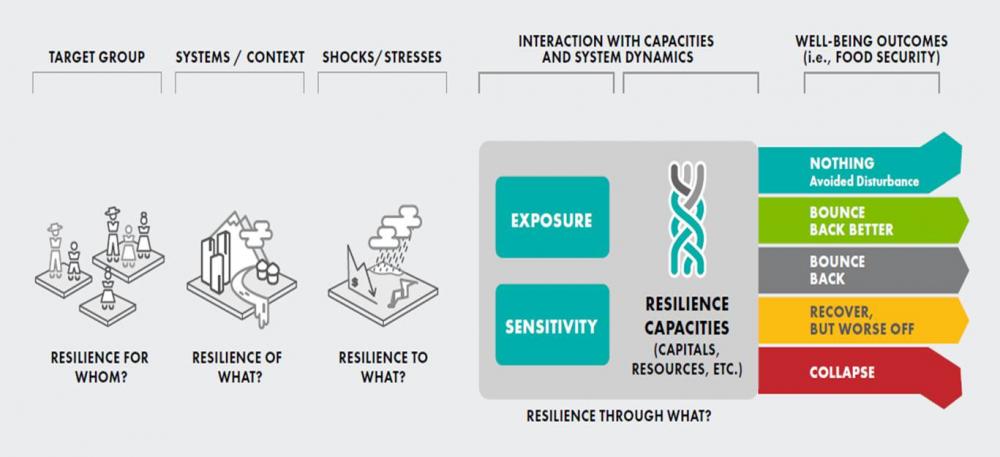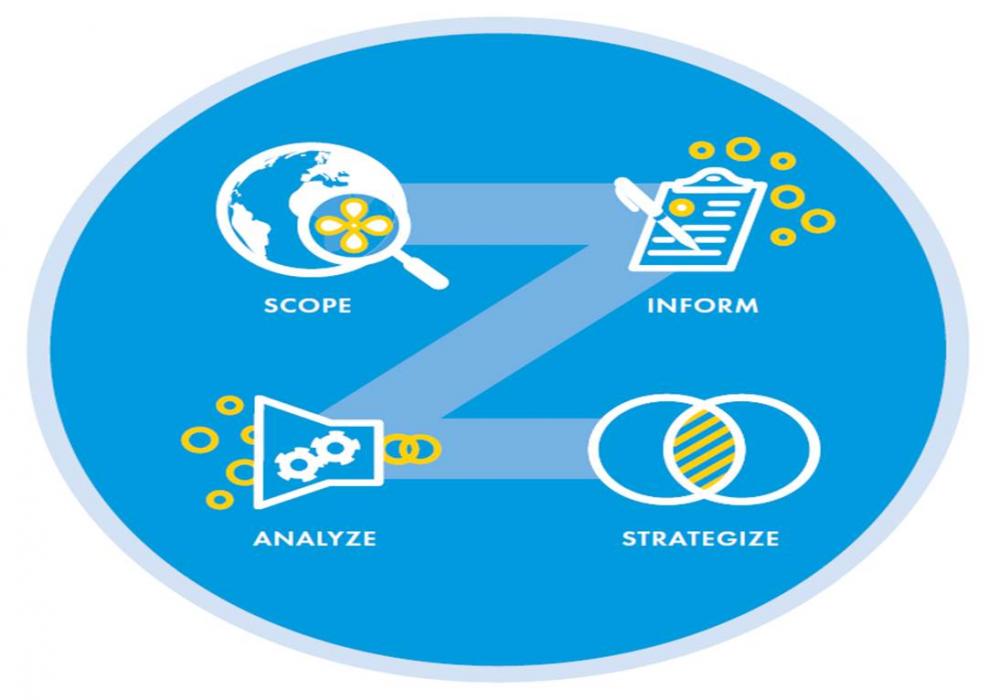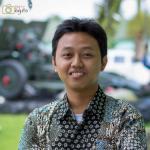The concept of resilience is a growing theme in urban development, as it helps to factor uncertainties and risks and identify cross-sector capacities to achieve development goals. Mercy Corps defines resilience as “the capacity to learn, cope, adapt and transform in the face of shocks and stresses.” To apply a resilience lens to strategy development or long-term program design Mercy Corps uses a Strategic Resilience Assessment (STRESS) methodology that helps program teams, practitioners and other relevant stakeholders build an understanding of the dynamic social, ecological and economic systems in which communities are embedded.
Recognizing complexity, STRESS employs systems thinking to understand how disturbances and development constraints contribute to changes that affect development outcomes for people and communities. The process hones our ability to understand the individual parts of a system, cause and effect relationships, and interconnectedness across scales and sectors. In addition, by providing tools to ask “what if” questions about the future, systems analysis allows to create interventions that proactively build the capacity* of communities to deal with potential crises. Our ability to articulate these new approaches enhances development outcomes despite repeated exposure to shocks and stresses.
The Mercy Corps Resilience Framework in Figure 1 below forms the basis for the STRESS approach. The framework helps to understand how the wellbeing outcomes of a target group are affected by the interaction of development constraints, shocks and stresses, and resilience capacities in a given context.

STRESS taps into the experience and knowledge of a diverse set of team members and stakeholders. It is essentially a sequence of participatory steps to capture existing knowledge, identify key knowledge gaps, conduct targeted research, and develop or refine a measurable theory of change (ToC) for resilience in the chosen context. The process is structured around four key resilience questions that define and focus the entire STRESS process:
Resilience for whom?
Investigate how vulnerability varies across a given geography and across social groups. Gender, race, ethnicity and age are examples of key factors that may serve to differentiate vulnerability.
Resilience of what?
Define the context and boundaries of the assessment. Identify both the target geography and the relevant elements of social, economic and ecological systems within that geography that relate to resilience.
Resilience to what?
Identify and characterize the specific shocks and stresses that threaten the various population groups, at multiple geographic and temporal scales and across social, economic and ecological systems.
Resilience through what?
Identify and characterize absorptive, adaptive and transformative capacities. Broadly, resilience capacity refers to the characteristics that equip individuals, households, communities and systems to prepare for and manage risk over time.
The STRESS process employs systems thinking across four phases to identify the relevant context, hypothesize relationships between different elements of the system, and develop a ToC that fosters improved capacity of people and communities to deal with shocks and stresses. This methodology includes scoping workshops, secondary literature review, field data collection and finally a series of workshops to review and analyse the data collected.

- Scope: Build a contextual understanding of the system based on the four resilience questions and establish 1) the research focus based on knowledge gaps, and 2) key capacities for resilience identified in the systems mapping process.
- Inform: Employ a mixed-methods approach to collect quantitative and qualitative information needed to answer the key questions determined in the Scope Phase.
- Analyse: Evaluate and synthesize the data collected during the Inform Phase.
- Strategize: Develop a measurable and context-specific ToC, which includes the key elements required to build resilience.
In Asia, Mercy Corps has applied the STRESS methodology in various programs with different characteristics, as outlined below:
- Nepal – Promoting Agriculture, Health and Alternative Livelihoods (PAHAL) Program. The PAHAL STRESS underscores how ecological and economic constraints to food access, availability and utilization are driven or exacerbated by the shocks and stresses communities face in PAHAL program areas. More specifically, STRESS revealed how weak formal governance and strict gender and caste norms determine individual, household and community access to resources and the application of strategies that could mitigate exposure and reduce effects of shocks and stresses.
- China – Sichuan Province. The China STRESS focuses on migrants and Micro and Small Businesses (MSBs) in peri-urban areas who are growing rapidly as a result of urbanization and are essential for Sichuan’s economy. However, their high interdependency and informal status make them increasingly susceptible to natural disasters. The report calls for local governments to set the regulatory instruments that offer public urban service provision and disaster relief for rural migrants as well as for interventions that include working with MSBs to build greater demand for insurance products, and financial service providers to ensure insurance products meet small business needs.
- Myanmar – In the Dry Zone of Myanmar, our STRESS highlights that market development initiatives must be informed by a rapid climate and environmental analysis, to ensure that the promotion of particular cash crops does not further vulnerability to unpredictable rainfall, market price shocks, and land degradation.
- Mongolia – Resilience Communities Program. The STRESS methodology enables Mercy Corps and other stakeholders identify linkages between urban and rural areas. While the report focuses on herders and livestock, it also looks at urban migrants and the rapid exodus of young people out of the periphery and into the urban capital of Ulaanbaatar. The report outlines the serious implications for both rural areas (straining social networks and knowledge systems that the herding economy relies on) and urban areas (contributing to urban poverty, strained urban services and degradation of the urban environment).
- India – Building Micro, Small, and Medium Enterprise (MSME) Resilience to Water-Related Environmental Change in Chennai. The study highlights the imperative for development actors to build resilience of MSMEs in contexts of rapid urbanization, given their importance to urban and national economies, and given their unique vulnerabilities in the face of rising environmental shocks such as flooding.
* Resilience capacities include resources—human, natural, social, financial and physical—or strategies applied towards resilience. Capacities can be absorptive—helping people, households or systems better prepare for or recover from shocks and stresses; adaptive—mitigating the presence, nature and impacts of shocks and stresses over time; or transformative—fundamentally changing wider system dynamics to reduce constraints and enable better coping and adaptation.
** a webinar on STRESS methodology has been hosted by ACCCRN with Olga Petryniak, Director of Regional Resilience Initiatives in Southeast Asia at Mercy Corps, as the speaker







